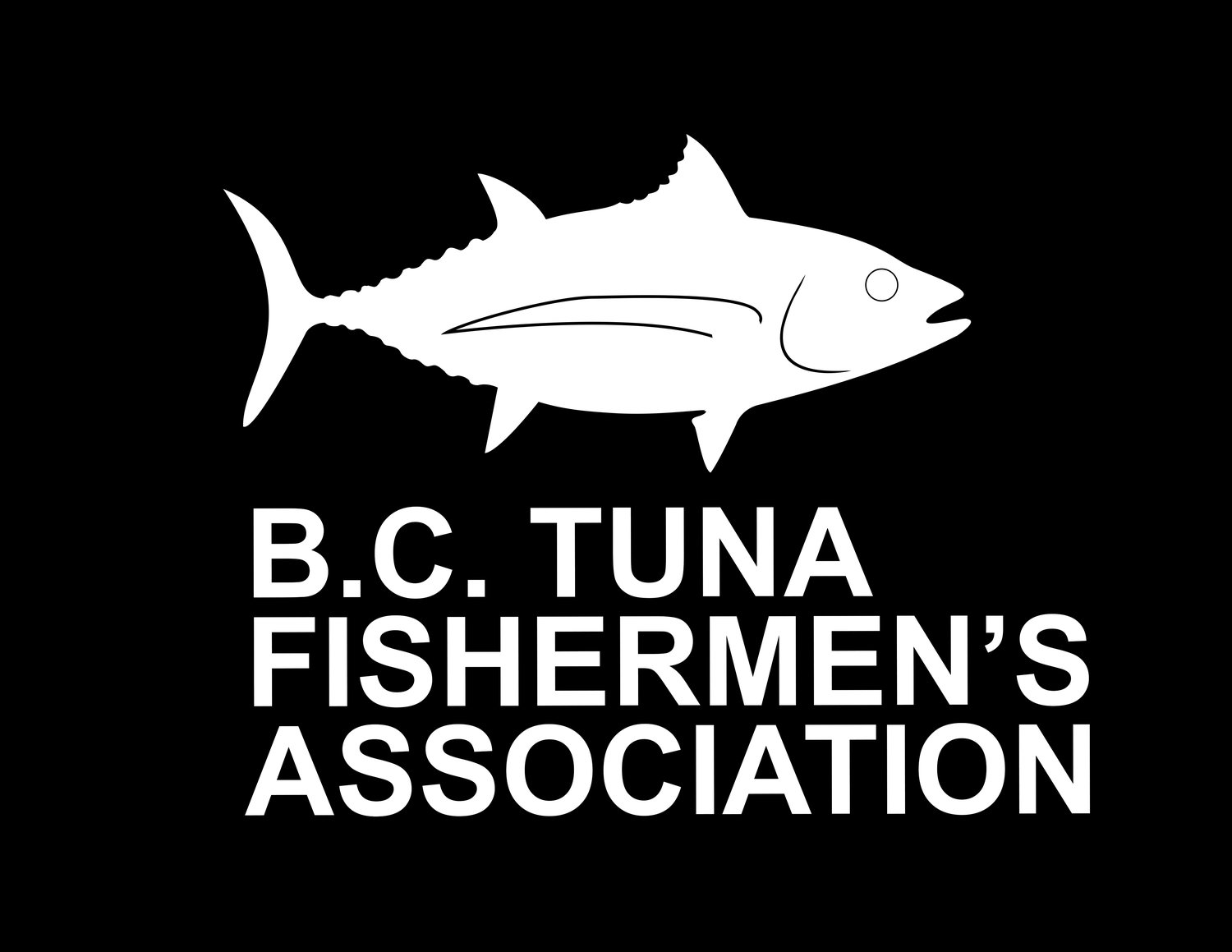ST. JUDE is the patron saint of lost causes. It wasn’t the name Joyce and Joe Malley would have chosen for the spanking-new 95-foot fishing vessel they bought in Port Arthur, Texas, in 1990, but it’s considered bad luck to change a boat’s name. In retrospect, a little heavenly protection might have helped. Buying the St. Jude took all they had, and then some.
The story turned out well in the end for this seagoing couple. Fishing Vessel St. Jude’s albacore tuna loins are on the menu at Seattle restaurants like Tilth, Terra Plata, Matt’s in the Market and Queen City. “In order to make a really good dish, you have to source ingredients that have great flavor,” says chef Maria Hines of Tilth. “I’ve always been a huge fan of Joe’s tuna because he puts so much care and attention into his product. He searches out schools of tuna that have a very high fat content, which is why his tuna is always so melt-in-your-mouth delicious. He also bleeds the fish quickly, so they have a super-clean flavor.”
Many area grocery stores stock St. Jude’s canned albacore (about $9 per 6-ounce can). Recent back-to-back “Good Food Awards” for their Mediterranean tuna packed in Spanish olive oil and their organic jalapeno-spiked tuna (one of several flavored versions) attest to the product’s excellence. The “Tarantella” line uses only luxurious tuna belly. Forget chicken of the sea: St. Jude’s Tarantella packed in Regalis White Truffle Oil (the rare truffle oil not made with synthetic flavoring) is the ocean’s answer to Wagyu. At $8.50 for a 3.5-ounce can, it’s an affordable splurge.
A lot of environmental concerns swirl around tuna. The Malleys care about sustainability. Their tuna is troll-caught, using lures dragged on the surface to selectively catch young, fatty albacore one-by-one. About 5 percent of albacore are troll-caught, according to Joe. Trolling selects for young albacore, 3 to 5 years old, averaging about 15 pounds. “They feed low in the food chain: anchovies, squid and krill. The result is low mercury levels, making them much healthier to consume. It is a much-targeted type of fishing. Bycatch is virtually nil.
To read the full article click on the link below:
